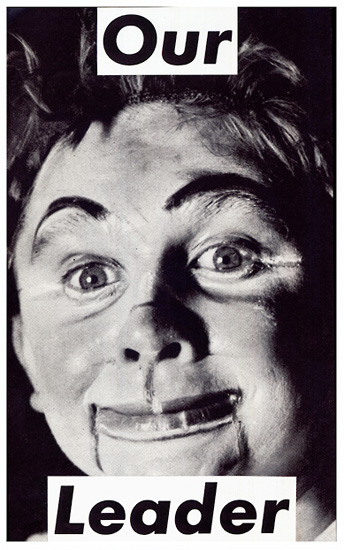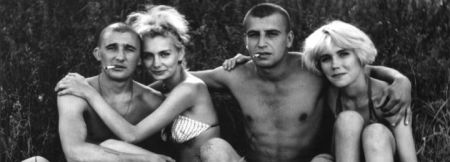Gustav Metzger at Tate Britain
They’ve reorganised some of the rooms at TB and I was surprised and delighted to see a whole roomful of great Metzgers. I thought the second and third were abstract but apparently they are pictures of a table. I knew of Metzger as one of those Auto-Destructive artists from the 60s who set fire to things and smashed up pianos and the like – in the recent “Art Under Attack” exhibition at TB, there was a film of Metzger with a big screen up opposite St. Pauls, which he destroyed with acid (the screen, not St.Pauls) so that the cathedral slowly appeared through the growing holes. Before this, he was one of Bomberg’s disciples and there are a couple of paintings which are instantly recognisable as school of Bomberg. Is there any other painter who had such an iron grip on his followers as Bomberg did?
This one is on metal.
Yes, easy to see the table now – but I had to be told. My partner thinks he’d seen Matisse’s “La Table de Marbre Rose” (1916);
Matisse
Also new at TB, a darkened room containing Ralph Peacock’s brilliant “Ethel”:
Look at that face: “How long am I going to have to sit here?”
Mitchell, Frankenheimer, Hartigan
Last blog was half about the imbalance of “influential” male and female artists in the 80s and 90s, at least as it was reflected in Taschen books. It didn’t allow me to include any abstract expressionist painters, so here are works by these three women, fighting their corner in the famously macho AbEx “community”. Joan Mitchell is my favourite painter. Helen Frankenthaler is also a seminal figure, of course – Grace Hartigan much less well-known, but also fantastic (see below).
Frankenthaler
Joan Mitchell
Grace Hartigan, Paper Dolls
Beckett – Fail Better
I keep hearing and reading people quoting Beckett’s famous phrase as if it’s some sort of positive guidance. He’s taking the piss, surely – if you fail, you fail. Consider this exchange from “Rough for Radio 1”:
“She (astonished): But he is alone!
He: Yes.
She: All alone?
He: When one is alone one is all alone.”
When you fail, you fail. And on that note –
Asger’s Revenge
Blackpaint
31.05.15




































